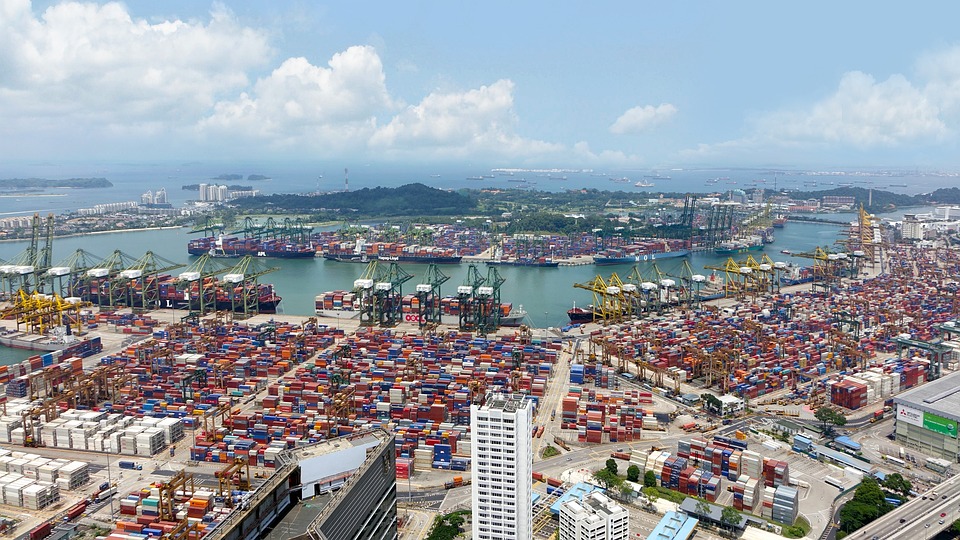
1. Enter輸出代理店What are the steps in the basic process?
According to the latest 2025 General Administration of Customs supervision requirements, a standardized import and export agency process should include the following seven key steps:
- Qualification Review Stage: The agency verifies the client's import and export qualifications (including but not limited to business licenses and customs registration codes).
- Trade Plan Formulation: Determine the tariff rate and regulatory requirements based on the product's HS code
- Document Preparation Phase:
- Preparation of Commercial Invoice and Packing List
- Application for Certificate of Origin (as required by the Free Trade Agreement)
- Special cargo requires a quarantine and inspection certificate.
- Customs declaration stage: Electronic declaration through the International Trade Single Window
- Customs Inspection Response: Coordinate the completion of procedures such as unboxing inspection and sampling testing
- Tax and fee settlement stage: Customs duties, VAT, and excise tax payment on behalf
- Logistics Distribution Implementation: Arrange ocean/air freight and destination port customs clearance services
2. What key documents should a company prepare in advance?
Pursuant to the latest 2025 revision of the Regulations on the Administration of Customs Declarations for Import and Export Goods, enterprises must prepare the following core documents:
- Basic Legal Documents: Copy of Business License, Foreign Trade Operator Filing Form
- Proof of Transaction: Proforma Invoice, Purchase and Sale Contract
- Transport-related documents: Ocean Bill of Lading / Air Waybill, Packing List
- Special regulatory documents:
- 3C Certification (for electronic products)
- Pesticide Registration Certificate (Agrochemical Products)
- Endangered Species Import and Export Permit (for wood products, etc.)
3. How to Choose a Reliable Import and Export Agency?
Drawing on the author’s 20 years of industry experience, it is recommended to evaluate an agency from the following dimensions:
- Qualification Verification: Check the AEO certification of customs and the international freight forwarding qualification (FIATA).
- Industry Experience Match: Choose an agent who is familiar with the specific product category (e.g., medical devices require professional qualifications).
- Service network coverage: Confirm that operational teams are stationed at key ports (Port of Shanghai, Port of Ningbo, etc.)
- Risk control capability: Understand its customs dispute resolution mechanism and compliance review process
4. What are the latest precautions to be aware of during customs clearance?
Three new regulations introduced by the General Administration of Customs in 2025 warrant special attention:
- Intelligent Document Review System Upgrade: Accuracy requirement for declaration elements raised to 98%
- Cross-border E-commerce B2B Regulation: Under the 9810 model, complete overseas warehouse filing information must be provided.
- RCEP Rules of Origin: The scope of application of the accumulation rule is extended to all member states
V. How to Control the Composition and Settlement Methods of Agency Fees?
Typical proxy service fees include:
- Basic service fee: Customs clearance fee, document handling fee (usually charged per bill)
- Additional Service Fee: Expedited customs clearance fee, inspection coordination fee
- Advance payment: Advance payment of customs duties and advance payment of port miscellaneous charges
It is recommended to adopt a phased payment method: 30% upon contract signing, with the balance paid after cargo release; special attention should be paid to the exchange-rate fluctuation risk clause.
VI. What should I do if my goods are detained by customs?
According to the latest 2025 guidelines from the General Administration of Customs of China’s 12360 hotline, the response can be handled in three steps:
- Rapid response mechanism: Submit a statement of circumstances within 24 hours after receiving the "Inspection Notice"
- Supplementary Professional Materials: Upload supplementary test reports, authorization documents, and other supporting materials through the single window.
- Preparation for Administrative Reconsideration: A pre-ruling review procedure may be applied for in the event of classification disputes.
7. How to Prevent International Trade Risks?
It is recommended to establish a four-tier risk prevention and control system:
- Compliance Screening System: Use AI tools to verify trade restriction and prohibition lists
- Logistics tracking mechanism: Require the agent to provide GPS container tracking services
- Credit insurance coverage: Apply for Sinosure's Short-Term Export Credit Insurance
- Legal Clause Review: Clearly define the division of responsibilities and compensation clauses in the agency agreement


 カスタマーサービスWeChatをフォローしてください
カスタマーサービスWeChatをフォローしてください